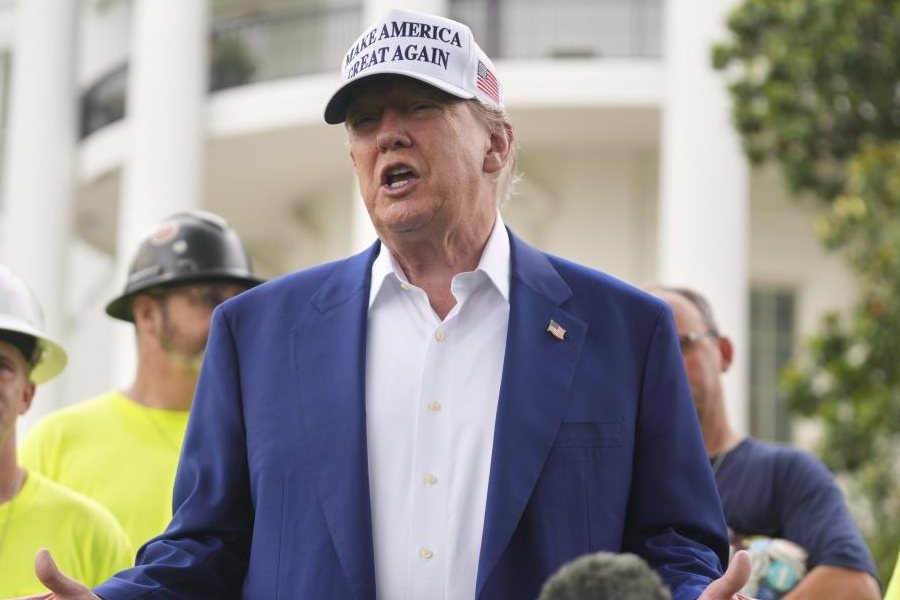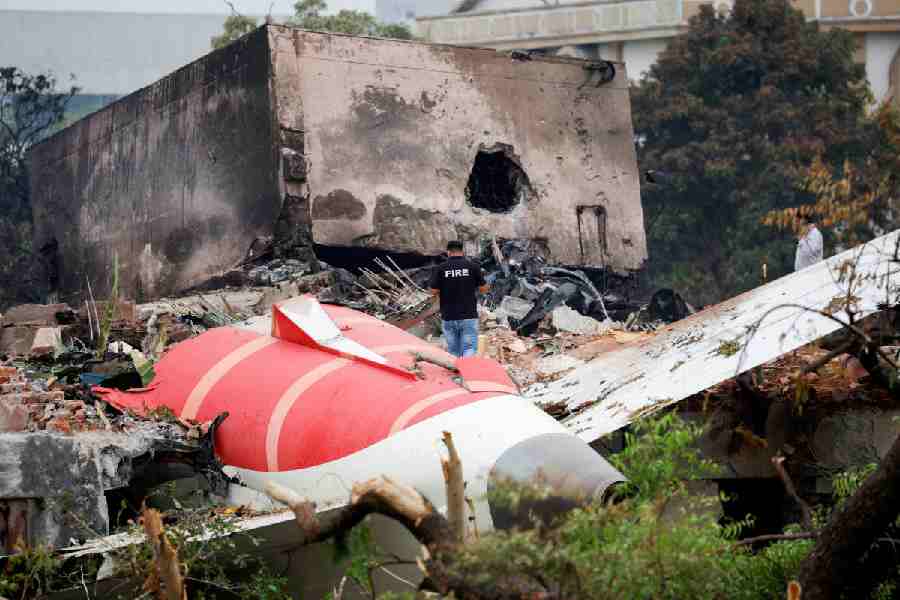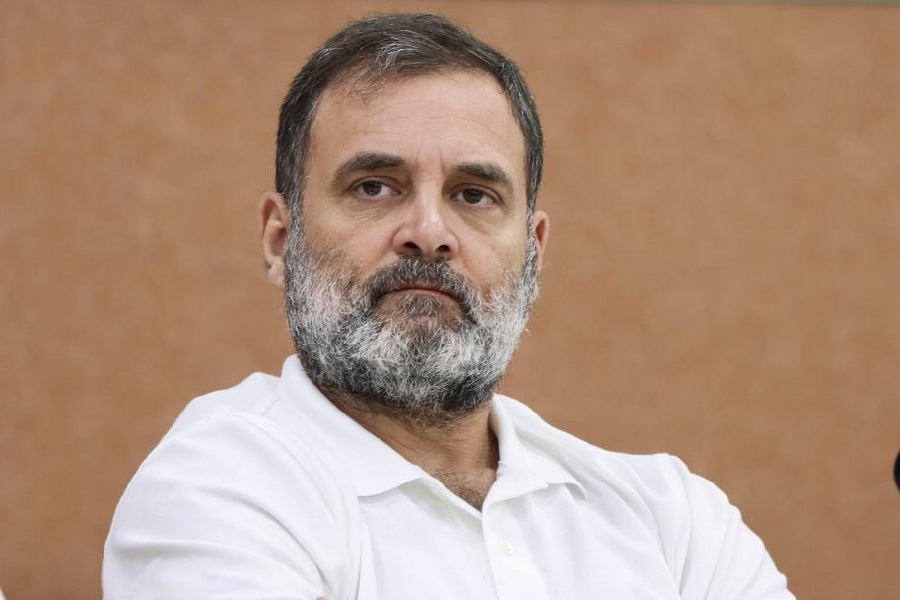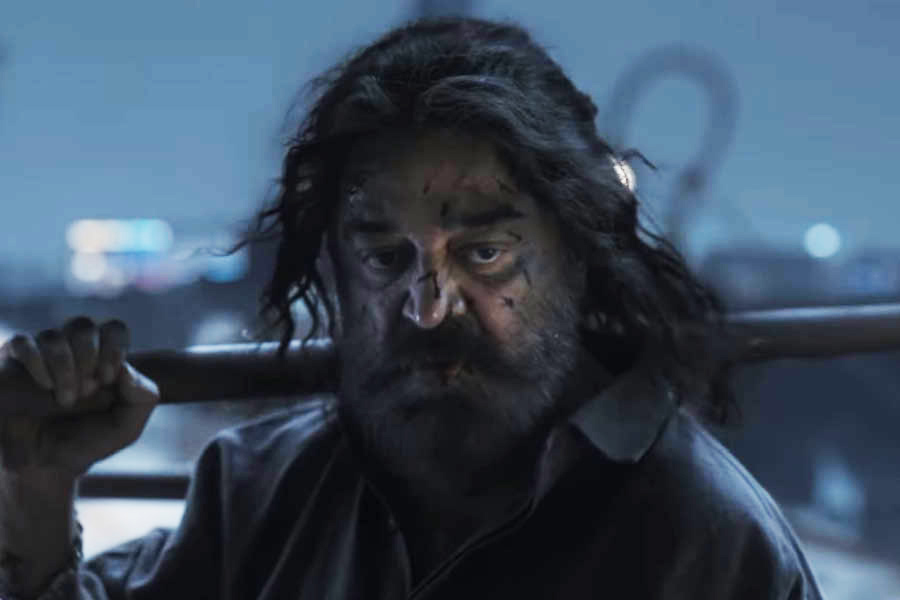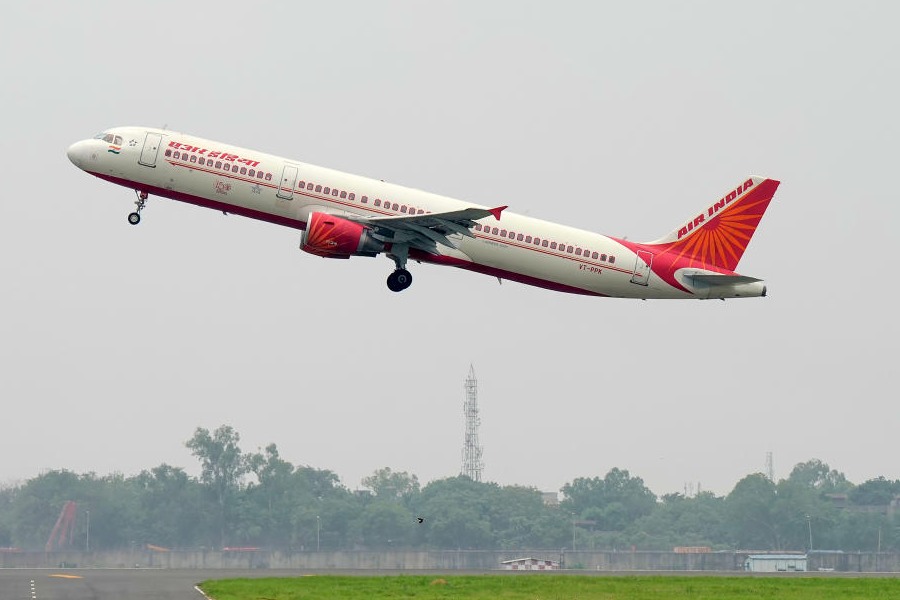 |
| Followers of Chaitanya Mahaprabhu in Puri during rath yatra. Pictures by Ashwinee Pati |
Bhubaneswar, July 16: Countless devotees have been making rounds of Puri to see Lord Jagannath during rath yatra for centuries.
A few of the devotees have made it to the grandmothers’ tales that reinforce the faith in Jagannath followers for generations.
One of the earliest known legendary devotees is Bhakta Dasia Bauri from Baligaon. His tale dates back to 13th century. A weaver by profession, Dasia once sent a coconut for Lord Jagannath and believed that the Lord would accept his offering gleefully.
Dharanidhar Das, the in charge of Radhamohan Mutt in Baligaon, where a memorial of Dasia Bauri has been erected, said: “After lord’s darshan at rath yatra, Dasia, saw the Lord again in his dream and he requested the Lord Jagannath to accept his offerings.” He had instructed the villagers to bring back the coconut if the Lord did not accept it with His own hands.
The villagers had laughed it off, but later when they offered the coconut to Lord Jagannath near the temple gate, the coconut disappeared from the hands of a villager, surprising all.
Legends of such devotees illustrate the love of the Lord for those who yearn for Him.
Another example of devotion and love for Lord Jagannath is Chaitanya Mahaprabhu whose ecstatic spiritual dance is remembered with wonder even today. The 15th-16th century Bhakti saint who lived for close to four decades of the second half of his life was an ardent Jagannath follower and was loved and respected by all devotees.
“It is said that he could communicate with the Lord easily and his life was full of miracles. He used to clean the temple as a service and sing and dance with devotion,” said Ipsit Pratihari, a servitor.
Instances of the Nandighosha, Lord Jagannath’s chariot, not rolling till His closest devotees reached, fill Jagannath literature.
Balaram Das, celebrated 16th century poet, was once humiliated by the servitors and not allowed to be around the chariots during rath yatra.
He went to the beach and sculpted lofty chariots on the sand with the deities placed inside.
It is said his chariots moved on sands whereas the real ones got stalled and the king Prataprudra came down to the devotee to apologise and pull the chariots.
Famous devotee and poet Salabeg, believed to have lived in the 17th century, was born to a Muslim father and Hindu mother.
He wished to witness rath yatra, but fell ill and prayed that the Lord waits till he reached. The chariot’s movement got delayed till the poet reached there and offered his hymns.
Ganapati Bhatta, a devotee of Lord Ganesh from Karnataka visited the temple during the snana purnima, the precursor to rath yatra following which the hibernation of the deities begins.
He believed that the Lord of the universe would have an elephant face. But he was disappointed to see the deities in a different form on the bathing altar.
Reading his mind, the Lord advised a servitor through a dream to dress the deities in elephant form and bring back Bhatta to show him this avatar of the deities.
When Bhatta returned he was full of love for the Lord and ever since this costume of the deities is adorned on snana purnima.


